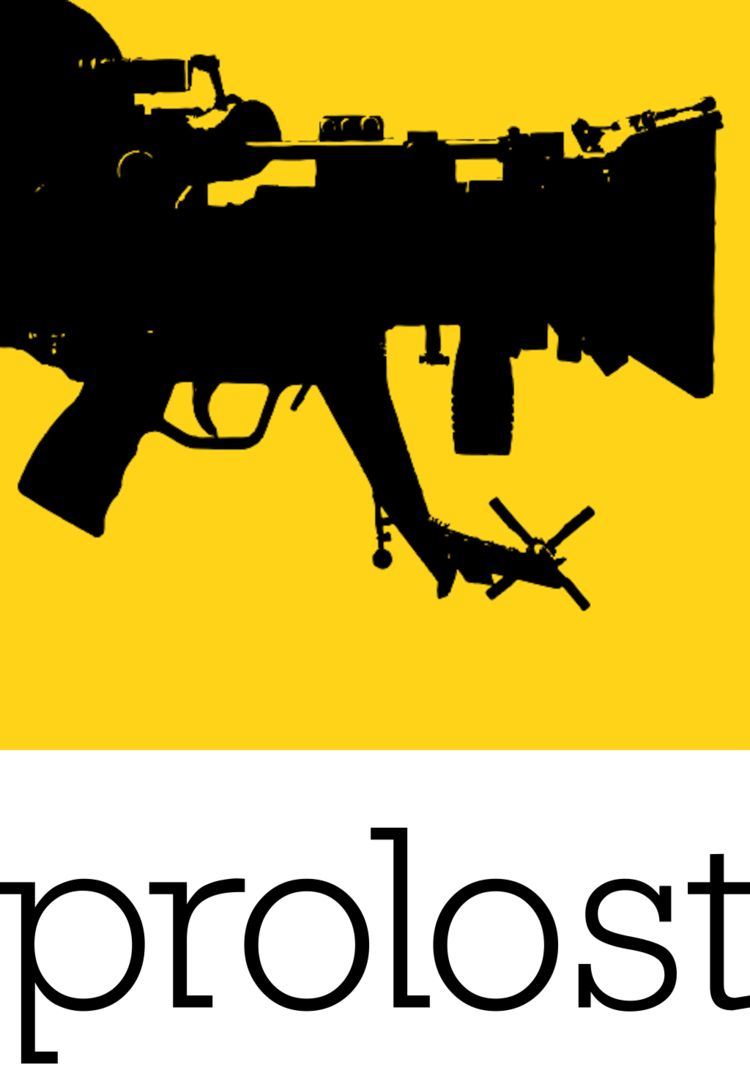The D90’s movie modes are apparently all hard-set to 24 fps. I once had a meeting with some execs and engineers from Nikon, at which I begged them to allow 24fps movie modes on P&S cameras. So I’m just going to go ahead and take a tiny bit of credit for this amazing fact. Not 15 fps, not 30 fps or 60. 24 lovely film-like frames per second. I don’t know what we filmmakers have done to deserve this from both Nikon and Panasonic in such close succession (the LX3 also has a 720p24 HD movie mode), but keep it coming guys. Canon, if your alleged 5D MkII movie mode doesn’t support 24p, then it’s of much less interest to filmmakers.
Many people have pointed out that autofocus won’t work during the D90’s movie capture, thus making it “useless.” Apparently they are unaware that professional film and video shooters almost exclusively use manual focus. If autofocus is occasionally of use on a video camera, it’s because it is designed to work with moving subjects. SLR autofocus is concerned with speed, not smoothness, so it would probably create jarring results in motion as it snapped from solution to solution. The ability to manually focus during movie capture is not something the D90 or a similar offering from Canon could easily disable, since it’s a physical property of the lens. Manual focus during movie capture is a good thing, even if the LCD display on the back of the camera will make critical focus a bit tricky. You could always pipe the HDMI out to an HD display.
Mark my words, you will see rail-mounted D90s with follow-focus rigs and outboard HD displays. And you thought the HV20-based frankenhoopty rigs were ugly.
But there are limitations with the D90’s movie mode that are likely to be endemic. These SLR movies are compressed, heavily. They may or may not be in a format that your NLE of choice supports. The D90 has a limit of five minutes of recording time at 720p.
But probably the biggest potential problem is that there’s no indication of manual control over exposure in these movie modes. I could imagine the aperture remaining locked, but dpreview’s D90 preview explicitly states that exposure in movie mode is automatic. This means troublesome changes in exposure when lighting changes, probably achieved by varying shutter speeds. SLRs have mechanical shutters that are uninvolved with the movie mode, meaning that we will likely have no control over the shutter interval of the movie recordings. We’ll have razor-sharp staccato motion in sunlight and video-like 360 degree shutter indoors, and pulsing exposure settings reminiscent of the worst vacation camcorder strafing. Lame. That’s really the deal-breaker to me. No one will make anything but fun little experimental videos with an auto-exposure-only camera.
(UPDATE: See the first comment below for some hope-inducing contradictions to this concern!)
And that may suit Canon just fine. As Russell Heimlich points out, Nikon doesn’t make video cameras, but Canon does. Canon may well feel compelled to protect their HD video camera line. They may also, like Panasonic, understand filmmakers well enough to outfit their still cameras with movie modes that are interesting and fun, but (carefully) unsuited for any kind of professional work. Or maybe, just maybe, Canon is uniquely poised to unite their SLR expertise and their strong HD camera history into real competition for RED. I get giddy just thinking about a Scarlet-priced, full-frame sensor Canon HD camera that uses my L glass. It sounds crazy but it’s a few short jumps away.
So will you be making a film with your SLR any time soon? Probably not. But you’ll very likely be making movies with it. And if folks like Nikon, with no consumer HD camera line to sabotage, understand the importance of 24 fps, maybe they’ll come to understand the need for manual exposure control as well; in which case the reasons not to shoot your DV Rebel epic with an SLR continue to dwindle.
Preorder the D90 or the LX3 from Amazon and support ProLost.
Check out the follow up post.


